
Understanding the Context
Health and wellbeing contexts involve physical and mental health challenges such as parental mental illness, substance misuse, domestic violence, trauma, grief, and chronic health conditions. These experiences can significantly affect a child’s emotional security, behaviour, and development (Australian Institute of Family Studies [AIFS], 2022).
Relevance in Early Childhood Education
Children exposed to these stressors may show signs of anxiety, withdrawal, aggression, or delayed development. Educators play a vital role in recognising signs of distress and implementing trauma-informed, inclusive, and responsive practices (Be You, 2023).
📚 Theoretical Lens
Maslow’s Hierarchy of Needs: Suggests that basic needs such as safety and belonging must be met before learning can occur (Maslow, 1943).
Attachment Theory (Bowlby & Ainsworth): Emphasises that secure attachments with caregivers are critical for emotional development and regulation (Bretherton, 1992).
Trauma Theory: Highlights how repeated or intense trauma can alter brain development and affect memory, attention, and behaviour (Perry & Szalavitz, 2006).
Contemporary Reflection

The impacts of COVID-19, growing family violence reports, and increased mental health concerns have intensified challenges for families and early childhood services. In 2023, more than 1 in 5 Australian children were living in households affected by mental illness or substance use (AIHW, 2023).
Impact on Children and Families
Emotional dysregulation and concentration difficulties
Heightened need for responsive, stable educator relationships
Inconsistent attendance or disengagement
Reduced parental involvement due to their own challenges
Social Policy and Australian Responses
National Framework for Protecting Australia’s Children (2021–2031)
Be You – Mental health initiative for educators
Mandatory Reporting – Legal requirement to report suspected harm
Domestic Violence and Family Support Services – Including early intervention programs
Kids Helpline and Headspace – Youth mental health support services
Strategies for Practice
Trauma-Informed Practice
Evidence Base: Informed by trauma theory and neuroscience (Perry & Szalavitz, 2006) Application:
Create a calm, safe, and predictable environment.
Use soothing language and soft tone of voice when children are distressed.
Avoid sudden changes in routine that may trigger anxiety.
Observe without judgement—recognise that “challenging behaviour” may be a response to trauma.
Building Secure Relationships
Evidence Base: Bowlby’s Attachment Theory (Bretherton, 1992) Application:
Assign consistent educators to support secure attachments.
Spend quality one-on-one time engaging with each child.
Validate children's feelings by naming emotions (e.g., “I see you’re feeling sad today. I’m here for you.”).
Offer physical comfort when appropriate (e.g., holding hands, sitting close, offering hugs if consented to).
Strengths-Based Partnerships with Families
Evidence Base: Family-centred practice and resilience frameworks (Moore & Fry, 2011) Application:
Approach families with empathy and without judgment.
Focus on what families are doing well and build on their strengths.
Maintain open communication and respect cultural and personal values.
Refer to community supports (e.g., Headspace, Centrelink social workers) when needed.
Emotional Literacy and Regulation Support
Evidence Base: Social and Emotional Learning (SEL) frameworks (CASEL, 2023) Application:
Use stories, puppets, and visuals to explore emotions with children.
Model calming strategies like deep breathing or using a calm-down jar.
Implement daily check-ins using mood charts or visual feeling cards.
Encourage empathy by helping children notice and respond to others’ feelings.
Embedding Protective Routines and Resilience-Building Activities
Evidence Base: Resilience theory and early childhood wellbeing research (Center on the Developing Child, Harvard University, 2021) Application:
Establish consistent mealtime, rest, and transition routines to build a sense of safety.
Provide opportunities for choice and autonomy to help children feel capable.
Use play-based problem-solving games that encourage persistence.
Celebrate small achievements to build confidence and self-worth.

Summary for Educators
By applying these strategies, early childhood educators can:
Help children develop self-regulation and resilience skills.
Foster strong relationships that buffer the effects of adversity.
Support families without stigma and connect them to needed services.
Create inclusive, emotionally safe learning environments for all.
Community and Professional Partnerships
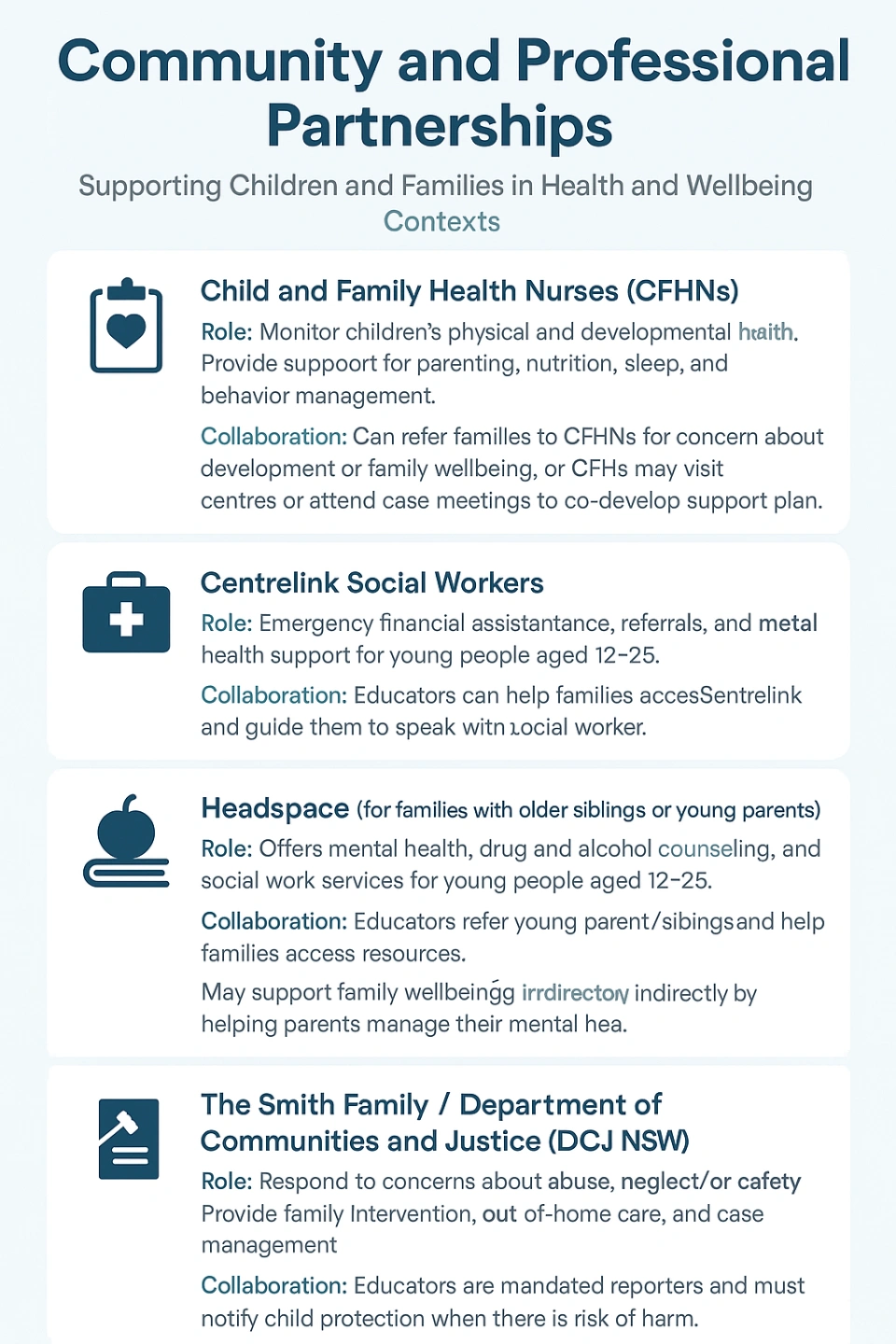
Photo

Resources for Educators and Children
Projects, Programs, or Websites

KidsMatter Archive (hosted within Be You)
Legacy resources supporting mental health promotion in early learning settings, including case studies and wellbeing frameworks.

Raising Children Network
Evidence-based guidance on child development, mental health, trauma, and parenting. Educators can share relevant information with families and use it to understand child behaviours.
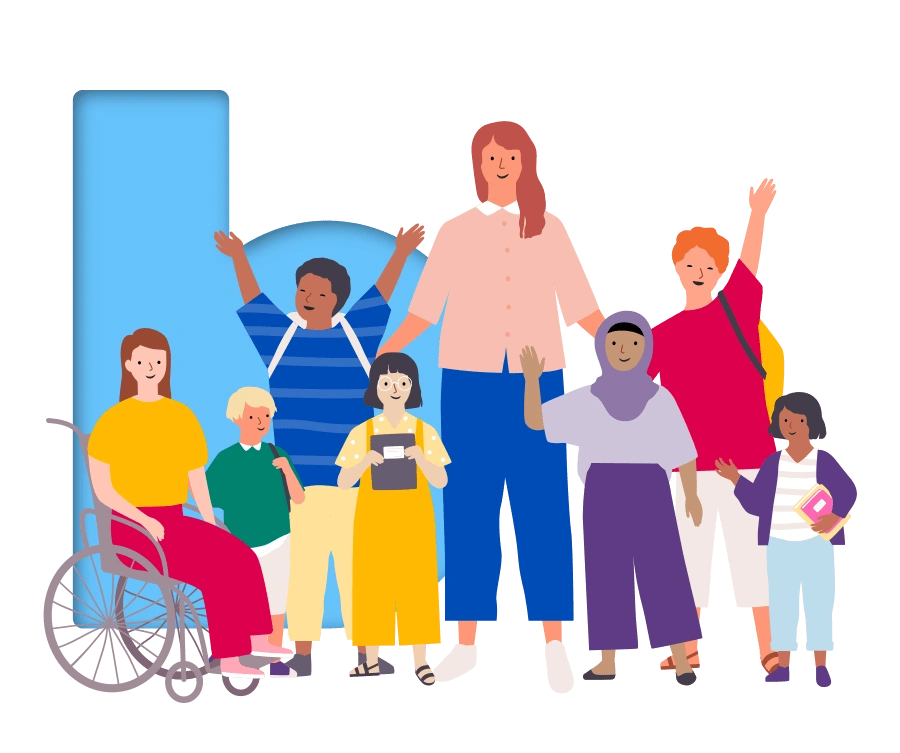
Be You
National mental health initiative offering professional learning, tools, and planning guides to help educators support children’s wellbeing and resilience. Promotes trauma-informed and inclusive practice.
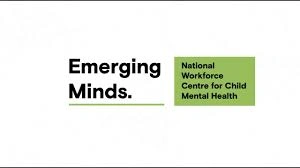
Emerging Minds
Offers free online training and resources to support children’s mental health, including trauma-informed approaches and responding to parental mental illness.
Storybooks:
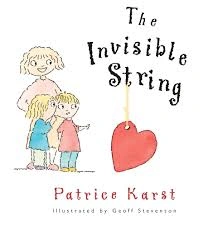
“The Invisible String” by Patrice Karst
Explores connection and love across separation, grief, or trauma. Helps children feel safe even when apart from loved ones.
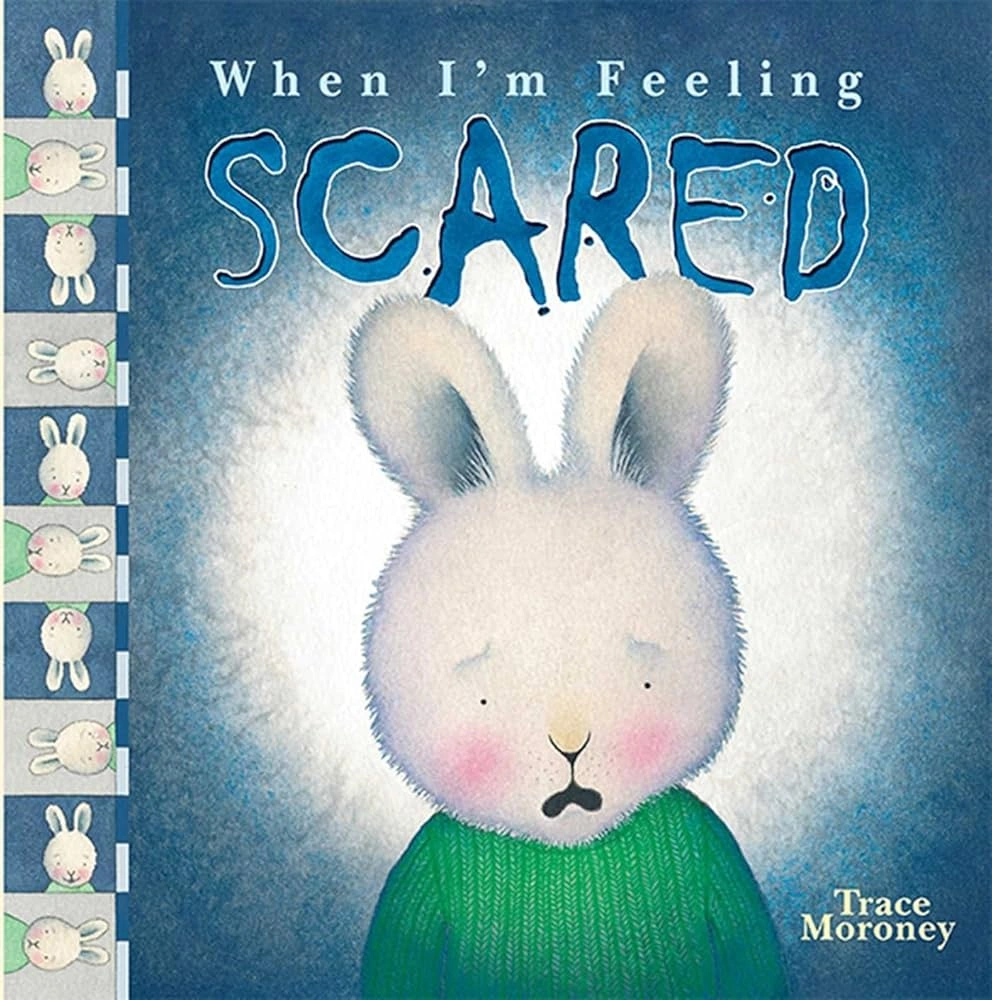
“When I'm Feeling Scared ” by Trace Moroney
Identifies common fears and reassures children that feeling scared is normal. Offers emotional vocabulary and strategies.
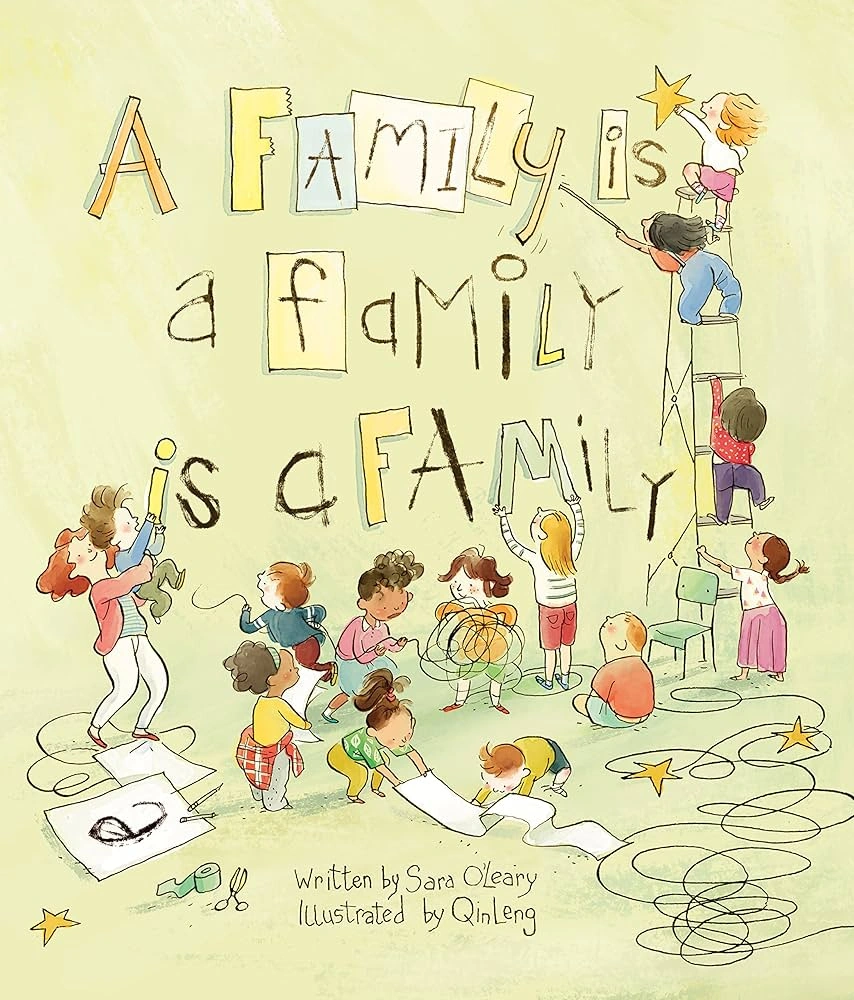
A Family Is a Family Is a Family by Sara O'Leary
Promotes acceptance of diverse family structures, including children in foster care or living with grandparents.
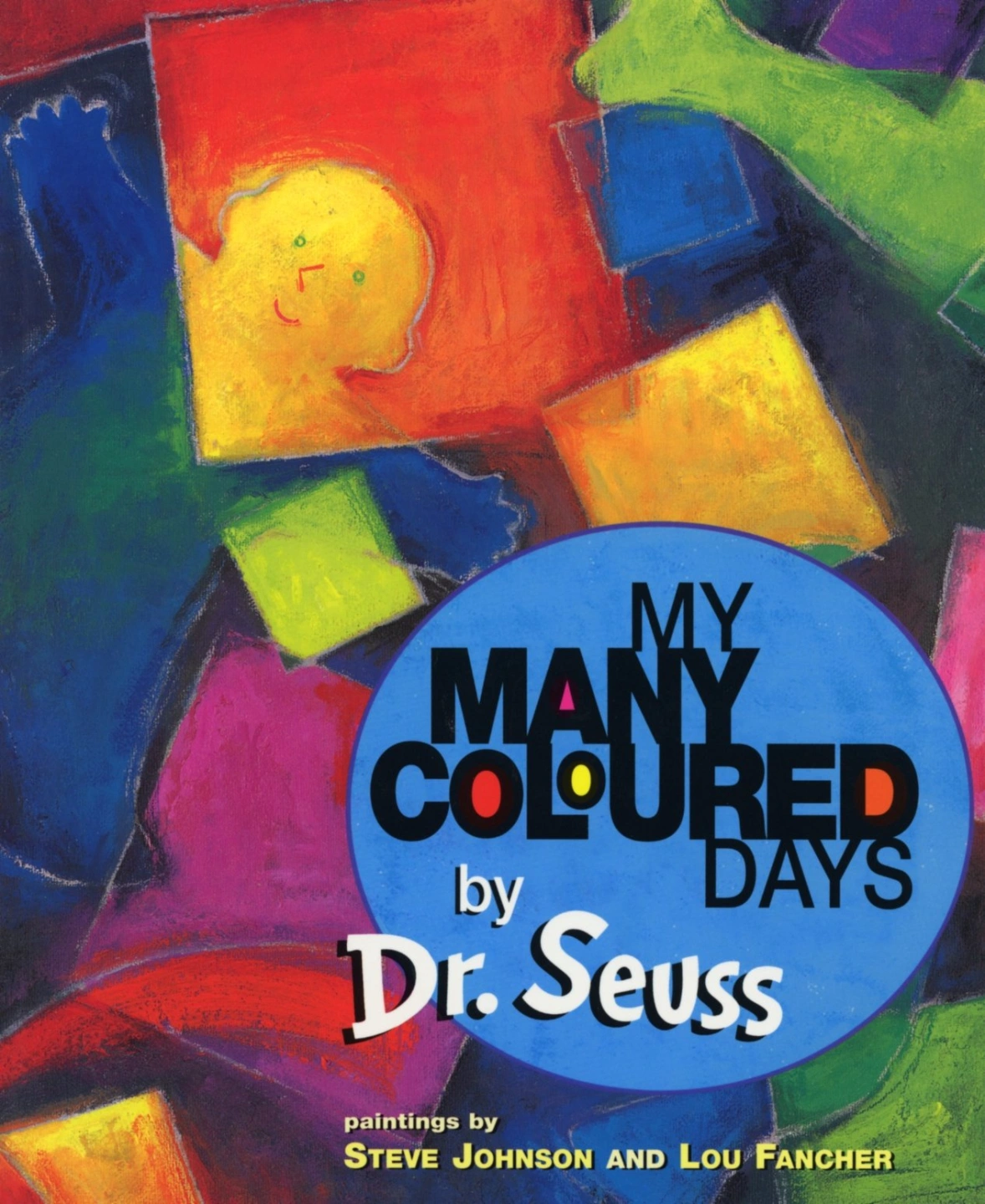
My Many Coloured Days by Dr. Seuss
Helps children recognise and talk about emotions using colours and animal metaphors. Useful for self-regulation discussions.
Children’s Videos, Educational Shows, or Podcasts
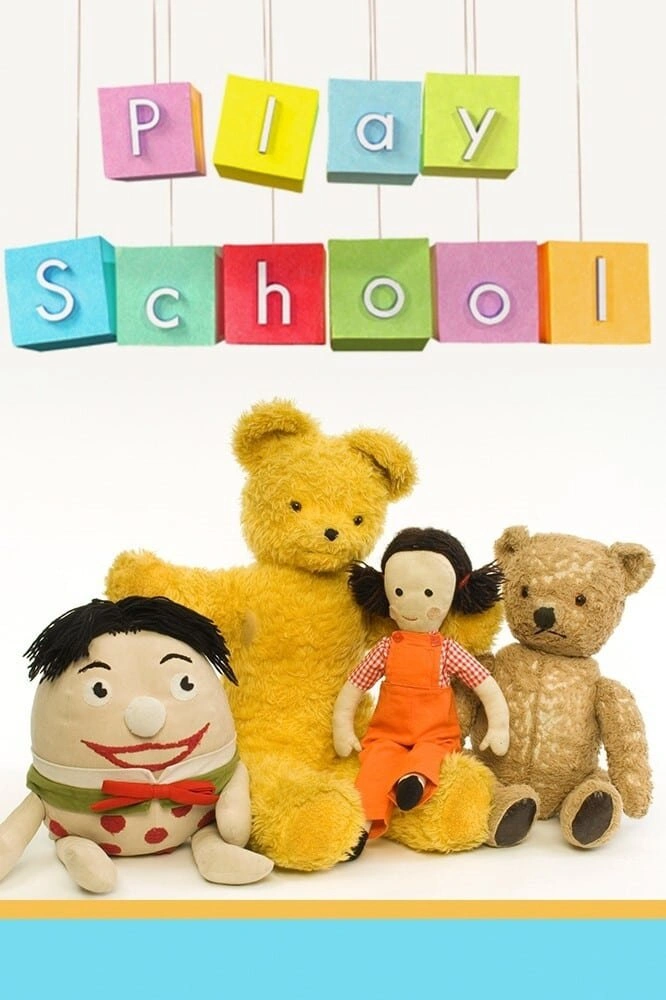
Play School: Mindfully (ABC Kids)
Gentle mindfulness practices using breathing, movement, and storytelling. Helps children regulate emotions and feel calm.
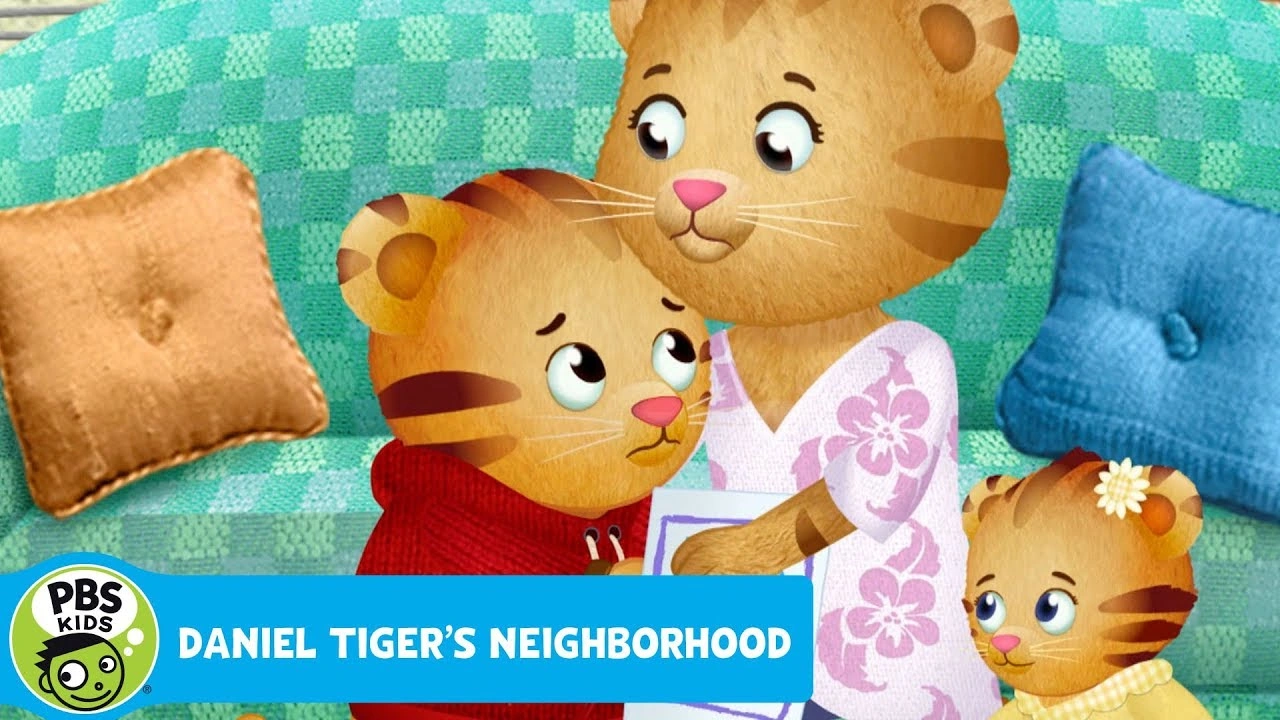
“Daniel Tiger’s Neighbourhood” (ABC Kids / YouTube)
Focuses on emotional literacy, self-regulation, and routine. Episodes like "Daniel Feels Sad" teach coping skills.
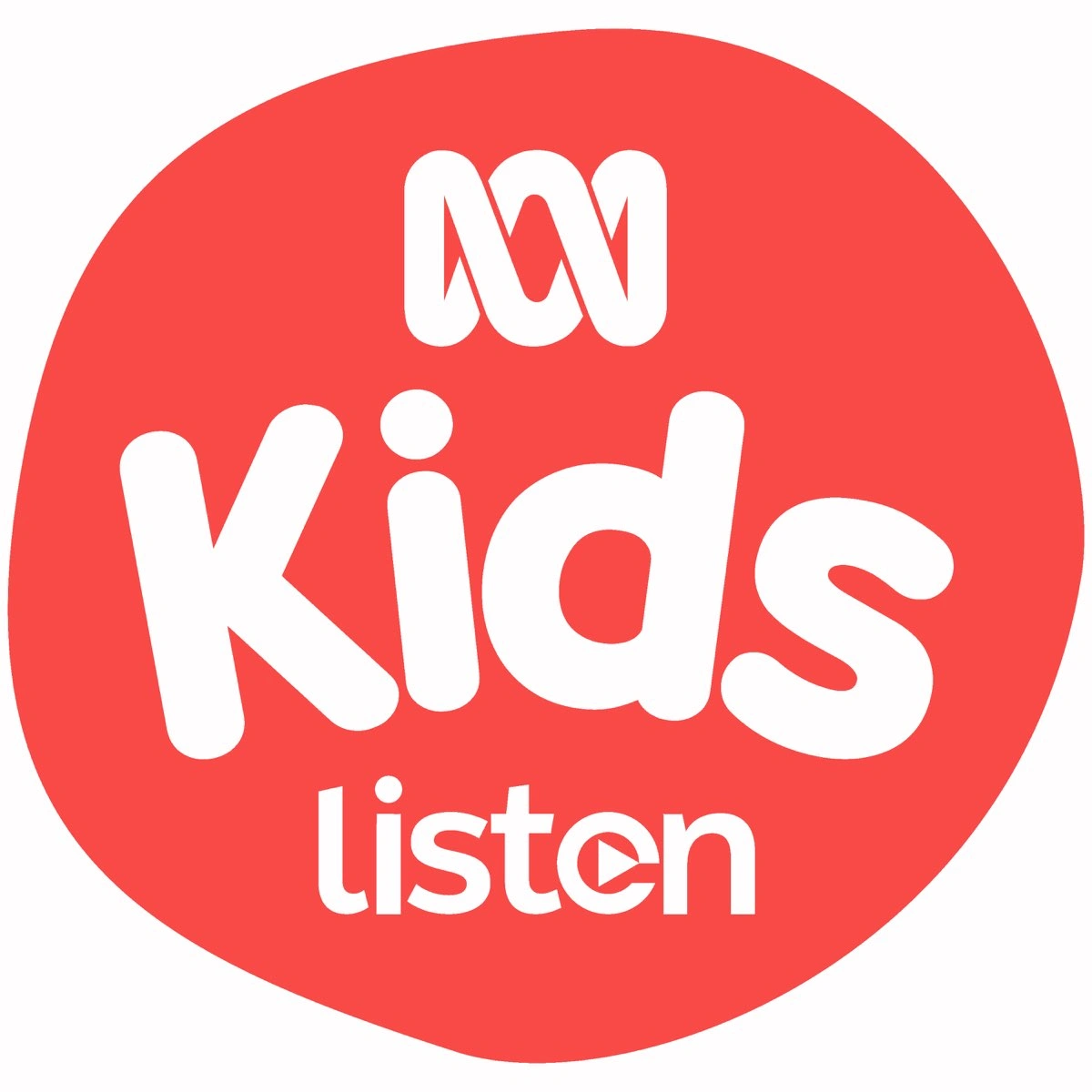
Sesame Street: Big Feelings (YouTube & ABC Kids)
Offers engaging songs and skits about emotions, trauma, and resilience (e.g., dealing with big changes or grief).
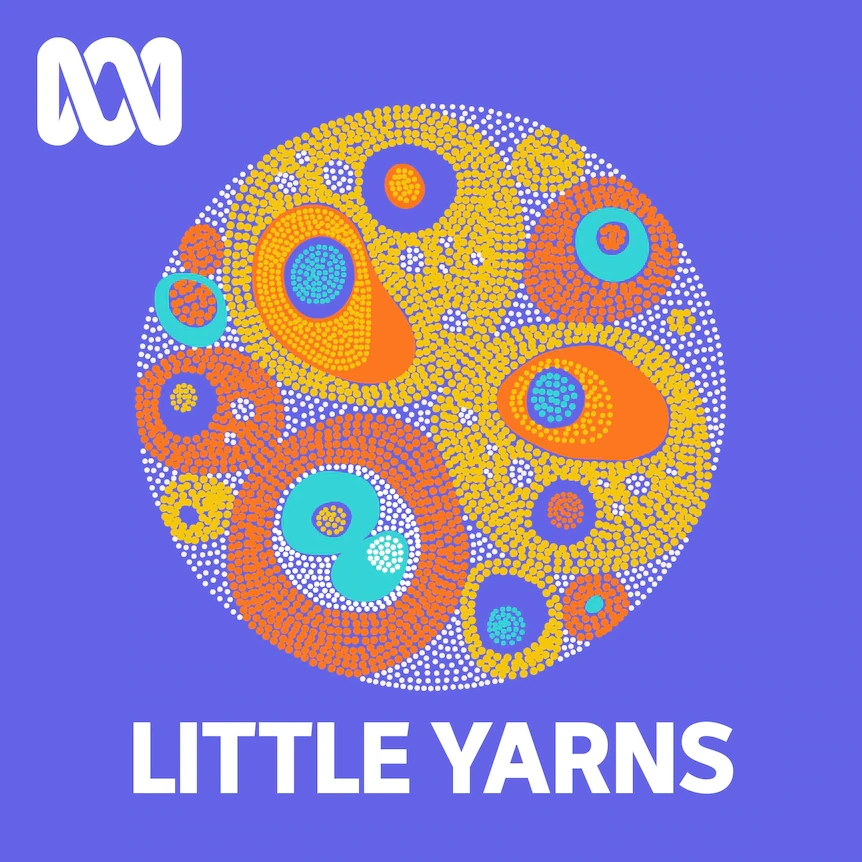
Little Yarns Podcast (ABC Kids Listen)
Celebrates First Nations stories and resilience. Builds empathy, cultural pride, and belonging through storytelling.

How These Resources Promote Empathy and Resilience
Build Emotional Vocabulary: Books and shows help children name and understand feelings, reducing frustration and confusion.
Normalize Feelings: Storylines reassure children that sadness, fear, or confusion are common and manageable emotions.
Foster Coping Strategies: Breathing, storytelling, and routines in videos teach self-regulation and calm responses.
Strengthen Identity and Belonging: Podcasts and books highlight diverse families and experiences, helping children feel seen and valued.